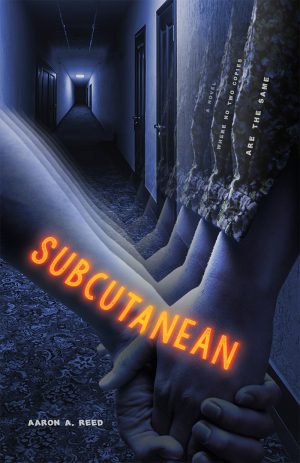Writing for Games: Theory & Practice is a new book from Hannah Nicklin, focused very specifically on the writing rather than the narrative design aspects of the field.
If the difference feels fuzzy to you, you’re not alone: many indie game roles require writers/designers to do a bit of both of those things. There’s a lot of industry conversation about determining what exactly is the difference, how we define roles in studios, what it means specifically to be a “technical narrative designer” or a “narrative systems designer”, etc.
Nicklin lays out the distinction as a difference between “storytelling through design” – what is being told through the game’s structures, ordering, roleplay, etc. – and “storytelling through words”, which includes not only dialogue but also any incidental text.
The book is also aimed at writers building indie games rather than big AAA projects, for the very sensible reasons that indie games are more of an entry point than AAA, and that they afford more freedom to work on different aspects of storytelling.
Overall, the book is readable, well-grounded, and full of practical advice and useful references. There’s enough introductory material that someone who hasn’t worked in games at all before can get started; Nicklin describes the book as representing what she might say to a mentee if she worked with them over the course of a year, and that feels about right. (It also describes the authorial voice throughout: the content is presented as advice offered to a junior, rather than, say, as a presentation of advanced methods described by one peer to another.)
Even for more experienced practitioners, though, there are a number of specific suggestions about methods – things you might like to add to your own toolkit, even if you already have a pretty developed craft.
Continue reading “Writing for Games: Theory & Practice (Hannah Nicklin)”




